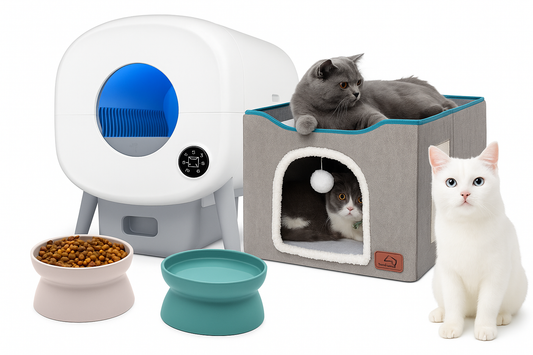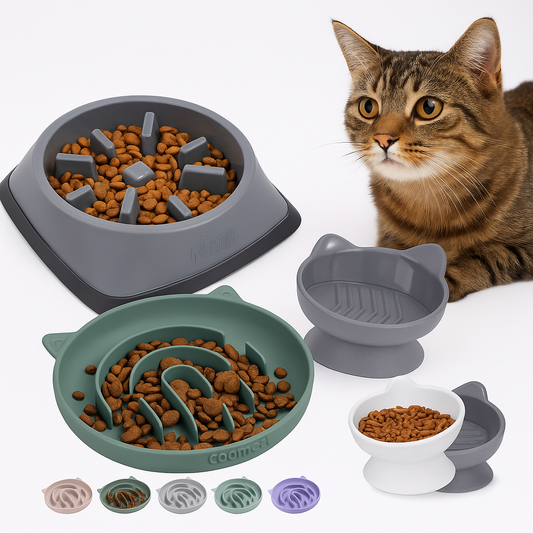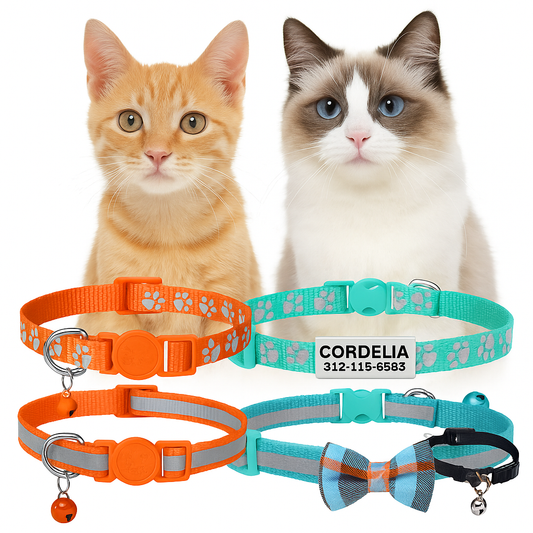
Top-Rated Hairball Remedies Cats Will Actually Eat
If you’ve ever heard that dreaded hacking noise echo through your home, you know the struggle of hairballs. As part of their natural grooming process, cats often ingest hair, especially long-haired breeds. While most hair passes through the digestive system without trouble, sometimes it builds up and results in uncomfortable—and messy—regurgitation. Fortunately, with the right cat hairball solution, you can make prevention easy, effective, and even enjoyable for your cat.
Below, we’ve curated a list of top-rated hairball remedies, including chews, gels, and tablets. Each product supports digestion, reduces shedding, and keeps fur moving smoothly through your cat’s system. Let’s help your feline feel (and look) their best.
Top Cat Hairball Products Compared
| Product | Image | Benefits | Price Range | View |
|---|---|---|---|---|
| Pet Honesty Cat Hairball Support Chews |  |
Crunchy outside, creamy inside; supports coat & digestion; made in the USA | $13–$17 | View on Amazon |
| CatLax Hairball Elimination Gel |  |
Easy to apply on paw; lubricates digestive tract to pass hair naturally | $10–$12 | View on Amazon |
| Vetoquinol Laxatone Gel (Tuna) |  |
Vet-recommended; tasty tuna flavor; great for picky cats | $12–$15 | View on Amazon |
| Nutri-Vet Hairball Paw Gel (Salmon) |  |
Natural oils; paw application method; great daily routine for cats | $8–$10 | View on Amazon |
| Vet’s Best Hairball Relief Tablets |  |
Plant-based ingredients like slippery elm and psyllium seed; great for sensitive cats | $9–$12 | View on Amazon |
| Natural Hairball Control Chews |  |
Also supports urinary health and immunity; omega-3, cranberry, and biotin | $18–$22 | View on Amazon |
| Pet Naturals Hairball Control Chews |  |
Wheat- and corn-free; ideal for cats with allergies or sensitivities | $7–$10 | View on Amazon |
Why Do Cats Get Hairballs?
Hairballs (trichobezoars) form when cats ingest loose fur during grooming. Most of the hair passes through the digestive tract, but some can accumulate in the stomach and form a clump. Cats then vomit the hairball to expel it. Frequent hairballs can lead to appetite loss, constipation, or even intestinal blockages.
Hairball Prevention Tips
- Brush your cat daily to reduce loose hair.
- Feed a hairball-control diet rich in fiber and healthy fats.
- Offer a lubricant-based gel or high-fiber chew regularly.
- Ensure adequate hydration—add wet food if necessary.
Final Thoughts
Hairballs may be a fact of feline life, but with the right approach, they don’t have to be a frequent (or messy) reality. These cat hairball remedies help support digestion, improve coat health, and keep your furry friend comfortable.
Whether you prefer a gel, chew, or tablet, the best hairball treatment for cats is one your pet will happily take. From vet-formulated tablets to lickable gels that make medicine time feel like a treat, your options are as varied as your cat’s moods. Choose what works best for your household—and say goodbye to hairball surprises on the rug.
Related Articles
- Stress Relief for Cats: Top 5 Calming Products to Soothe Anxious Kitties
- Goodbye Fleas: Best Flea & Tick Treatments for Cats in 2025
- Hairball Help: 5 Effective Products to Prevent & Treat Hairballs
- Feline Wellness Series, Part 3: Skin & Coat Care – Top Shampoos and Supplements for a Shiny Fur
- Feline Wellness Series, Part 2: Essential Supplements & Vitamins for a Healthy Cat
Affiliate Disclosure: Some of the links in this article may be affiliate links. This means if you click and make a purchase, we may earn a small commission—at no extra cost to you. As a participant in the Amazon Associates program, Capnip earns from qualifying purchases.



